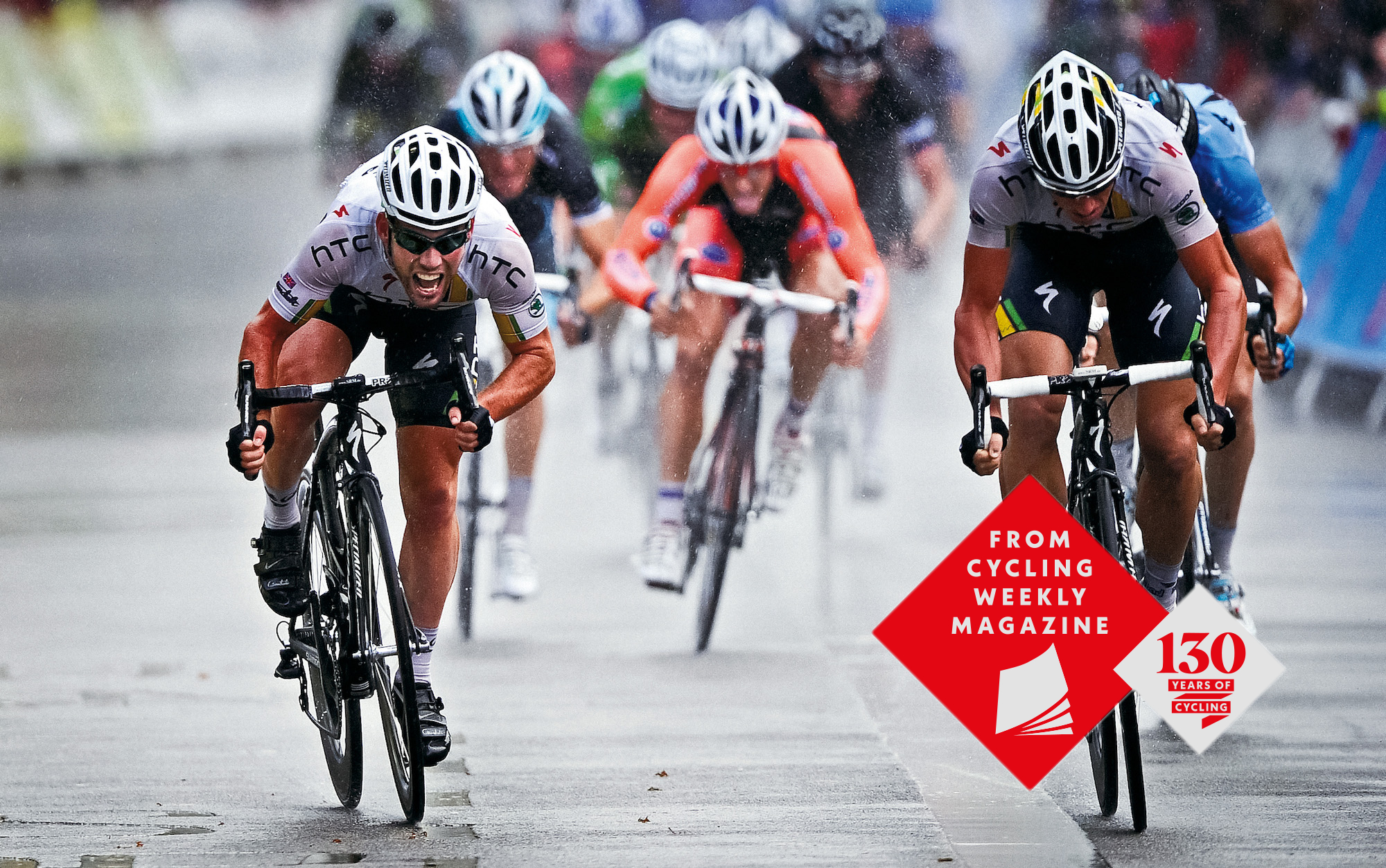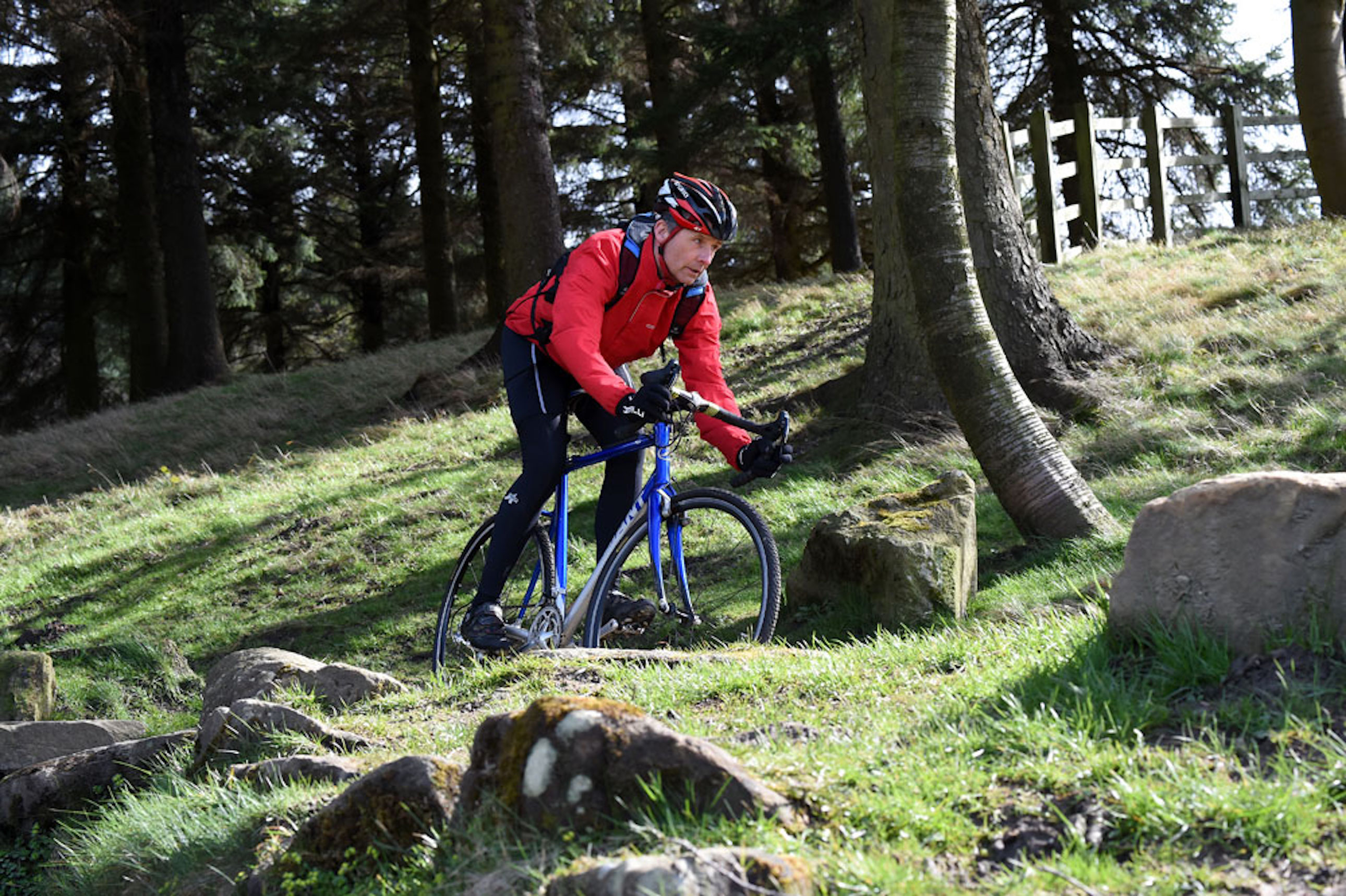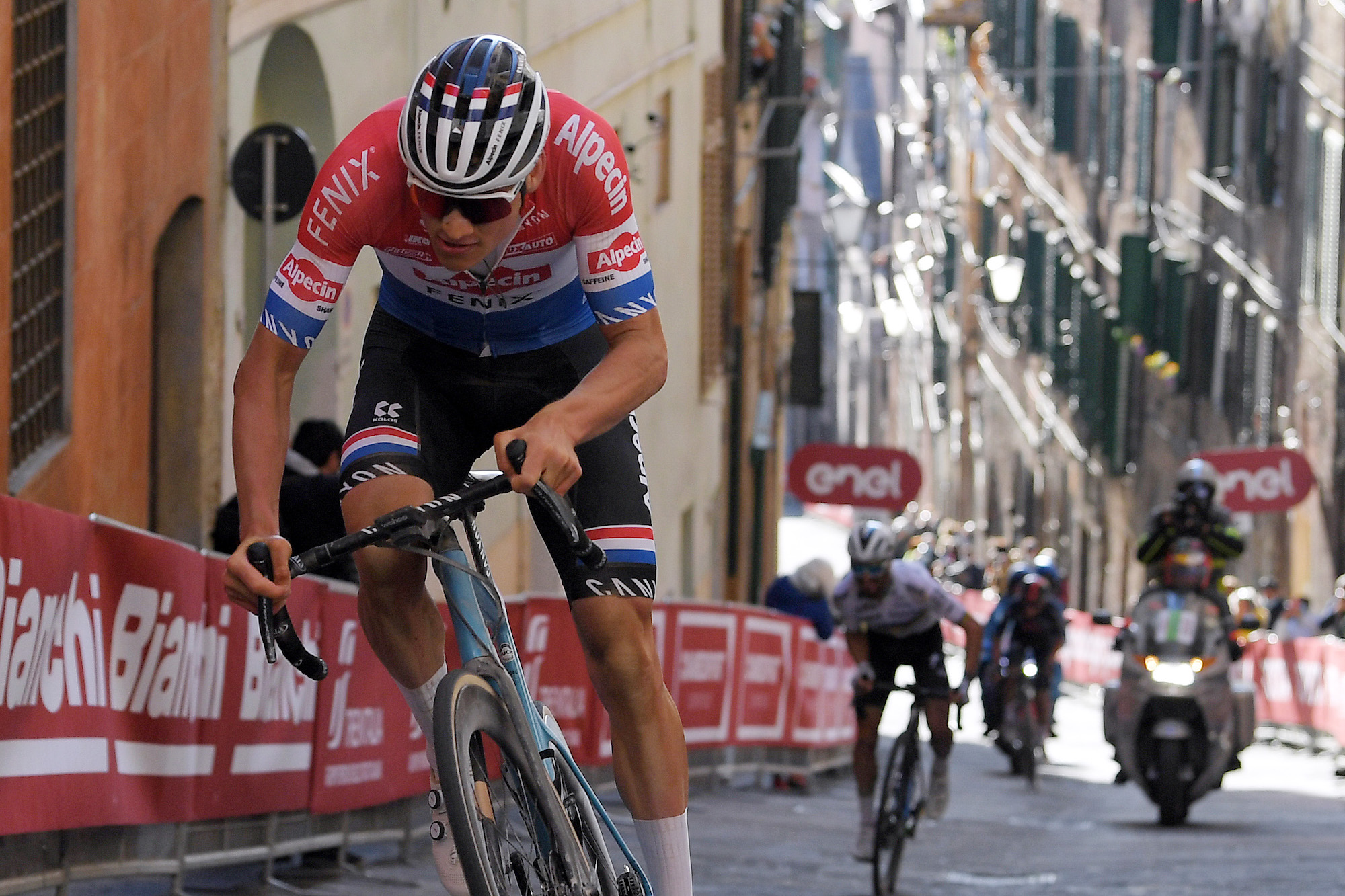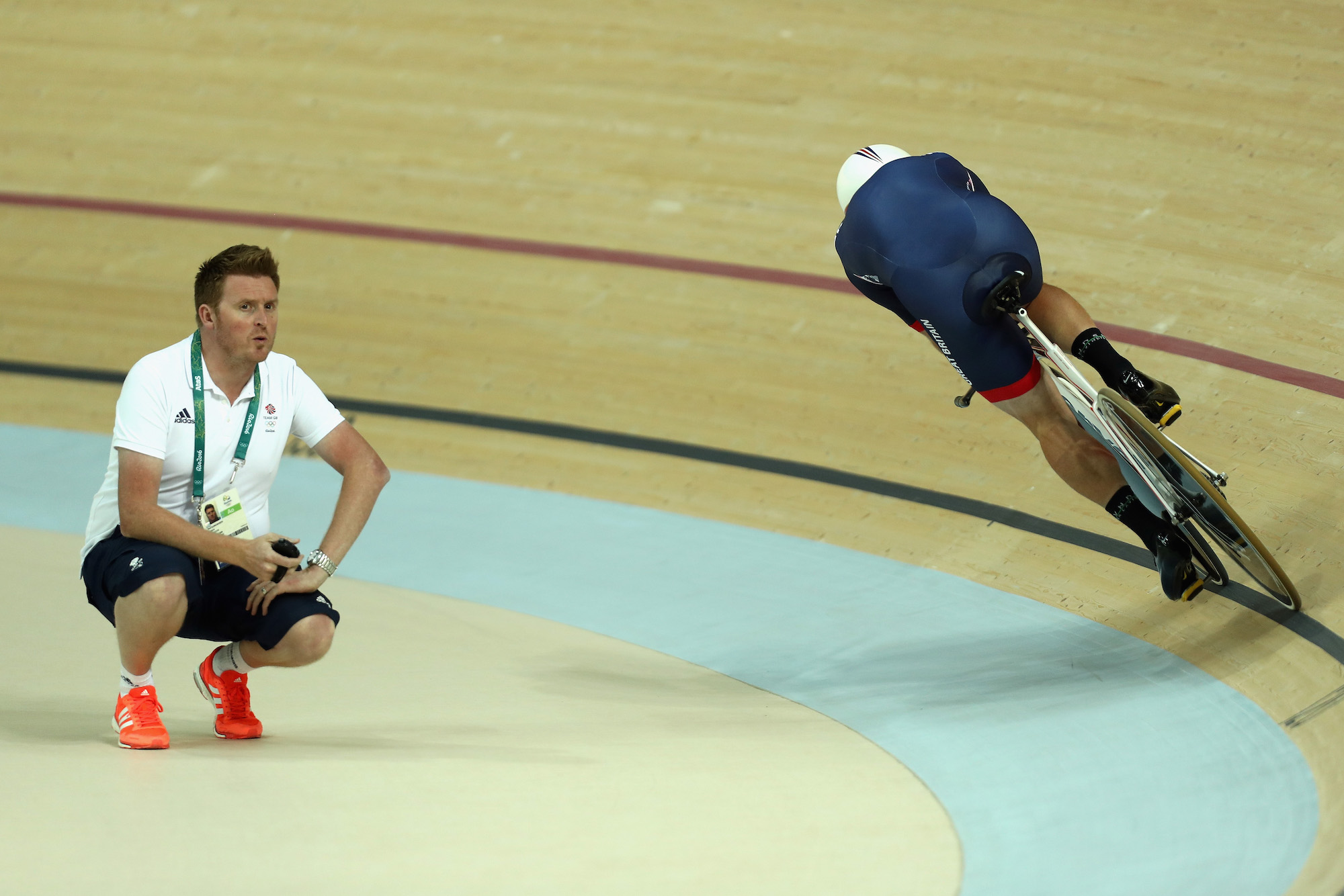What separates the best...from the rest?
Winners at WorldTour level are truly exceptional, but what makes them so? Chris Sidwells investigates what sets apart the best cyclists from the merely excellent

Mark Cavendish (Getty)

Three hundred and eighty-nine watts for four hours and 45 minutes, rising to an average 439 watts over the final 60km. And he had plenty left for the finish, smashing out 738 watts for a full 60 seconds, leaving enough pop in his long legs to blast out 1,004 watts for 20 seconds in his final uphill gallop into Sienna, winning Strade Bianche 2021. We’re talking about Mathieu van der Poel, but you knew that already – who else could produce those numbers?
Make no mistake, all the men and women competing at WorldTour level are extremely talented, totally dedicated and hardworking. But even in their exalted company, some riders – Van der Poel a glittering example – stand out above the rest. They are best of the best, bike racers who can make world-class athletes look like amateurs. Such superstars have been a feature of pro cycling since its earliest days. In this feature, I want to pinpoint exactly what makes these people stand out in an already exceptional cohort.
To begin, we need a baseline to compare with: our ground zero is the level of performance it takes to be an elite cyclist. Many scientific studies have looked at different aspects, capacities or abilities of elite cyclists, and for the purpose of this article, I’d like to call these things ‘markers of excellence’.
Benchmarks of brilliance
A scientific review by Kathryn Phillips and William Hopkins, published last year, looked at more than 50 studies on the various markers determining cycling excellence. These included obvious physical and physiological factors like peak and functional power output, cardiovascular and pulmonary performance, economy of effort, among others. But it also looked at personality traits, cognitive function and sociological factors. It’s a great place to start, because it establishes markers found in all elite racing cyclists.
>>> Subscriptions deals for Cycling Weekly magazine
I want to add one more marker, something highlighted by David Epstein in his excellent book The Sports Gene: trainability. Epstein suggests that individual adaptability and response to training is a crucial determinant of a person’s sporting potential. This resonates with my own experience of being around pro cyclists and coaches – so much so, I think it’s the best place to start.
Get The Leadout Newsletter
The latest race content, interviews, features, reviews and expert buying guides, direct to your inbox!
Trainability spectrum
Alternative names for this marker could be ‘accelerated adaptation to training’, or ‘being a quick responder’ – it’s basically the rate of response from an individual’s fitness to a given training stimulus. Trainability has been measured in a number of studies, but some of the best known work was done by Dr Claude Bouchard. In one of his first experiments, on a group of 30 sedentary people of similar age, Bouchard expected to find some variation in response to an identical training programme. What he didn’t expect were the results he got: a wide spectrum, from no improvement to 100 per cent improvement, across the group.
Understandably fascinated, Bouchard rolled out his experiment across four universities, on a vastly increased number of subjects, to see if he got the same spread of results. He did. All four sites gave the same result: 15 per cent of participants showed little or no fitness gain, 15 per cent improved dramatically, while the rest responded somewhere in between. And just as important as the spread of results was the fact that siblings showed almost identical improvements in fitness. Experiments by other scientists confirm this – trainability is genetic (as explored in CW’s ongoing ‘In the Genes’ series of interviews).
But what about the best? It’s a reasonable hypothesis that they are in that top 15 per cent of the population with exceptional trainability. Around all of the cycling’s true greats, you hear stories of how rapidly their fitness improves in response to training. They recover from training sessions faster than team-mates, which allows them to take on much bigger training loads, and the bigger the training load, the more it boosts fitness – it’s a positive cycle. The greats of cycling are all super-responders. I’ve heard it said that the first five-time Tour de France winner Jacques Anquetil could have a month off his bike, then flog himself through a few really tough training sessions and one month later be racing well. The great Beryl Burton packed huge training mileage around a full-time manual job, while looking after a home and family, and she became faster than all the men in the UK in a 12-hour time trial. Chris Hoy tolerated huge loads in the gym and brutal turbo sessions that produced off-the-scale levels of lactate, to the point where he describes it as “feeling like hot barbed wire is being dragged through my veins.” And each of those sessions measurably improved his fitness. The list goes on.
Natural born bikers
Never mind super-responders, what about those people who seem exceptional from the off – the ones who are good at sport as kids or, if they take up cycling as adults, ride strongly almost straight away. They are naturally fit because, even as untrained individuals, they have a higher than average baseline aerobic capacity (VO2max).

You’d think that would be a natural advantage, and it can be. Former British Cycling head physio Phil Burt says: “Geraint Thomas is the kid in the playground who is good at everything. He could have succeeded at a range of sports; he’s naturally fit and was an excellent cyclist from the day he started.” And just look how good Thomas became.
However, Bouchard also discovered that some individuals who start out with a high VO2max don’t improve as much as the high-responders. It was often the better responders who ended up with a higher trained VO2max than the naturally talented. That’s why I put trainability ahead of natural ability. Bouchard’s research group has samples of DNA from 300 endurance athletes with very high VO2max scores and, based on their gene variants, none of them is at the low end of the responder spectrum.
But where does that leave the best? The probability that a person starts out with a high VO2max and is also highly trainable is a very rare combination. The geneticist Alun Williams and his team identified 23 gene variants – there may be more – strongly linked with endurance talent. Some of these variants were discovered in 80 per cent of people they tested, others in fewer than five per cent. The crunch came when Williams ran the statistical algorithm on his computer and found the odds of a single person possessing the perfect set of gene variants, which includes those related to trainability, as one in a quadrillion (that’s a number with 15 zeros).
So even the best aren’t perfect endurance specimens genetically. In fact, the population mostly lies in the middle of the endurance gene curve, with the best having more of the variants than the rest because they inherited them from their parents. It’s a standing geneticist joke: if you want to be a champion, choose your parents wisely. Indeed, cycling has living proof of that in Mathieu van der Poel. His maternal grandfather is Raymond Poulidor, who stood on the Tour de France podium a staggering eight times, albeit without ever winning, and his father is the Classics winner and former world cyclo-cross champion Adri van der Poel.
Head start
Being blessed with lots of physical markers of excellence still doesn’t guarantee a revered place in cycling history. The very best display particular emotional and cognitive markers too. A review of the psychology of elite cyclists revealed that mood, levels of anxiety, self-confidence, ability to manage pain, attentional focus and cognitive function all influence performance.
We could call this the mental side of cycling, but it’s important to point out that the majority of the emotional and cognitive markers elite cyclists share can be learned. Having the right attitude, being able to think through tactics and make informed decisions is something taught as cyclists rise through the ranks, so by the time they reach elite level, they have a toolbox of techniques to help control anxiety, stay motivated and analyse situations effectively.
Having said that, the best of the best still stand out as having exceptional psychological traits – ways of seeing and doing things that seem innate and unique. Mark Cavendish is a prime example. He is arguably the greatest ever road sprinter. Cavendish is gifted physically, he was quick right from the first day he rode a bike. His first coaches marvelled at how fast he was even when on relatively poor form. He’s a quick responder to training, and has many other physical gifts, but he is gifted mentally too. His long-time coach Rod Ellingworth saw this very early in Cavendish’s career.
“Mark was special straight off: how fast he was, his manner, confidence and the way he spoke as a teenager all stood out, but I only really got to know him when I created the British Cycling under-23 academy.”
Ellingworth had developed an intriguing little test. “I always asked applicants to describe their journey to Manchester to see how aware they are of their surroundings. Mark described his in unusual detail: what the road numbers were, places he went through and at what time. The question tests awareness... a measure of how self-sufficient they will be. Mark’s awareness went deeper.”
The same precise awareness applies in real-time sprinting for Cavendish, Ellingworth explains.
“Mark says that for him a sprint happens in slow motion. It’s like he can slow down what’s happening around him and run it inside his brain at half-speed. It gives him the time to make good decisions. It helps him map a way through, measure distances, and do what he needs to do.”
Sports psychologists see slowing action down inside your head as part of being ‘in the zone’. There are techniques to help sportspeople do it, but it seems innate in many of the greats, and it
allows top cyclists to make good tactical decisions.
Born or made?
We have explored just a few of the markers that explain why the best cyclists stand above the rest. There are many more, physical and mental, than it’s possible to cover in detail in one article. The conclusion I have drawn just from writing this single piece is that – as with Mark Cavendish – the markers of greatness are evident from an early age. So are great champions born or made?
Both nature and nurture clearly play a part, but evidence suggests that nature is the primary factor. If you don’t start with exceptional gifts, it doesn’t matter how hard you train, you’ll never beat the most naturally talented. Yes, the greats need to train, they need to make good career and life choices, but again something innate, an in-built need to succeed or a sense of their potential waiting to be unlocked perhaps, drives them to turn every stone in order to hone their talent.

I believe great champions are born, and the exciting thing is, you never know who will turn up next.
Past vs present - Do the best keep getting better?
It’s a fact that the general standard of elite riders has risen vastly over the last 20 years. This is because more is known about how the human body reacts to training, and with the advent of power meters coaches can prescribe specific training loads to bring about desired improvements.
But are the best getting better? That’s harder to say, because it is so difficult to compare. It’s unlikely we will see a rider win the number and range of races Eddy Merckx did, because racing is so specialised. I would make one observation, though, and it’s only a personal one…
>>> Cycling Weekly is available on your Smart phone, tablet and desktop
With more men and women from an increasing number of nations becoming elite cyclists, inevitably some of them will get together and have babies. And because endurance talent and trainability are genetic, that could increase the likelihood of their children being born with more of those 23 endurance genes (i.e. the known ones). Maybe even that one-in-a-quadrillion perfect cyclist will be born – and if that happens, the ‘greatest of all time debate’ will be over for good!
Cycling’s biggest question - Who is the best of the best?
This is difficult. For a start, women don’t have the history of big races men do, so comparing between generations is impossible. It’s difficult enough in men’s cycling because the sport has changed. Up until the 1990s, top riders rode everything, and great riders of yesteryear often won Classics and Grand Tours in the same season. Nowadays everybody is a specialist – Grand Tours or Classics, and even Classics subdivide into cobbled or hilly.
But here goes; my choice for the greatest is – highly predictable, I know – Eddy Merckx. The Belgian, born in 1945, started out good and was a fast responder. By 1969, he was a phenomenon, only 24 years old and winning his first Tour de France by almost 18 minutes, having already won six Monuments, an elite World Road Race title, and the Giro d’Italia. Merckx went on to have the best career ever in terms of victories, but it could have been better, and that’s why I picked him.
I’ve had this confirmed many times by those who raced against him; we only saw Eddy Merckx at full strength in 1969, when he seemed to win at will. The man himself confirms it: “I crashed during a post-Tour de France track meeting in 1969 and damaged my back. Before then, I didn’t understand what people meant when they talked about suffering on a bike. All I did was press harder on the pedals and I won. After the crash, I was never as strong again, and I suffered every day on my bike.”
Merckx had it all: amazing physiology, super strength and robust health. He had the mental tools a champion needs too, and in mega doses. He was dedicated, analytical, driven and had an absolute need to win. He was the perfect bike racer.
This feature originally appeared in the print edition of Cycling Weekly, on sale in newsagents and supermarkets, priced £3.25.
You can subscribe through this link here.
That way you’ll never miss an issue.

Thank you for reading 20 articles this month* Join now for unlimited access
Enjoy your first month for just £1 / $1 / €1
*Read 5 free articles per month without a subscription

Join now for unlimited access
Try first month for just £1 / $1 / €1

Chris has written thousands of articles for magazines, newspapers and websites throughout the world. He’s written 25 books about all aspects of cycling in multiple editions and translations into at least 25
different languages. He’s currently building his own publishing business with Cycling Legends Books, Cycling Legends Events, cyclinglegends.co.uk, and the Cycling Legends Podcast
-
 'This is the marriage venue, no?': how one rider ran the whole gamut of hallucinations in a single race
'This is the marriage venue, no?': how one rider ran the whole gamut of hallucinations in a single raceKabir Rachure's first RAAM was a crazy experience in more ways than one, he tells Cycling Weekly's Going Long podcast
By James Shrubsall
-
 Full Tour of Britain Women route announced, taking place from North Yorkshire to Glasgow
Full Tour of Britain Women route announced, taking place from North Yorkshire to GlasgowBritish Cycling's Women's WorldTour four-stage race will take place in northern England and Scotland
By Tom Thewlis